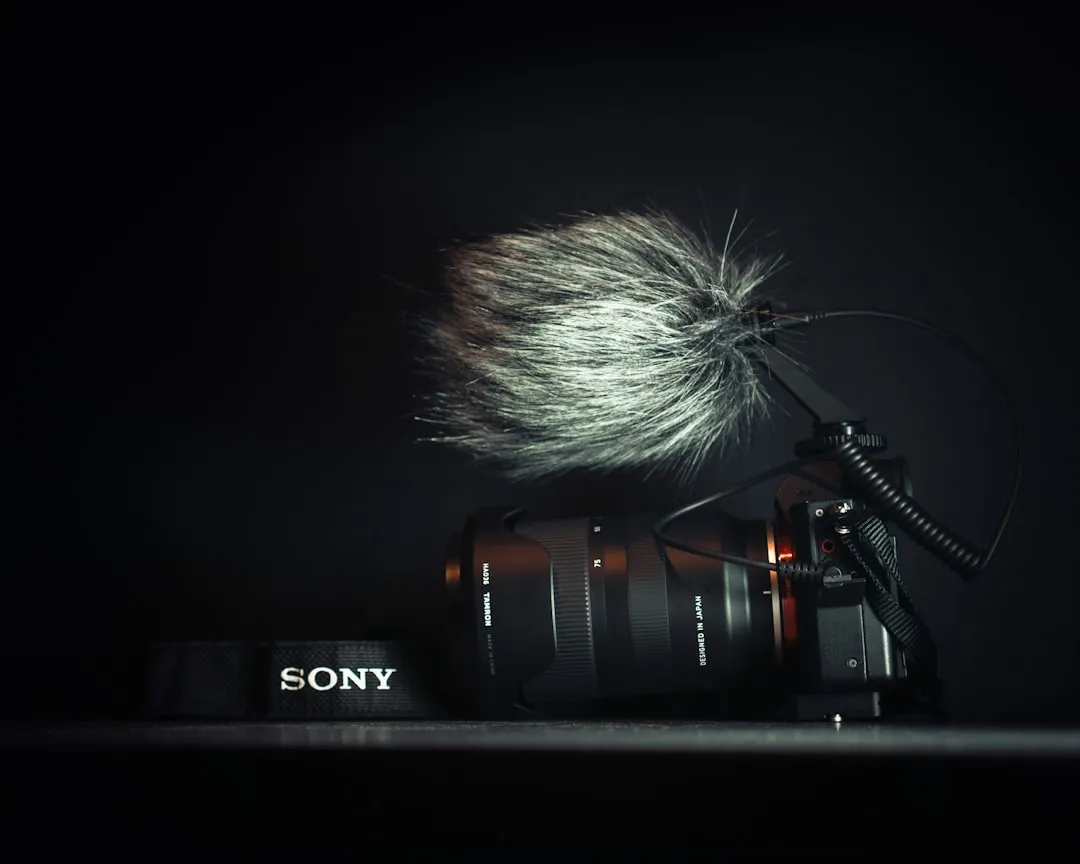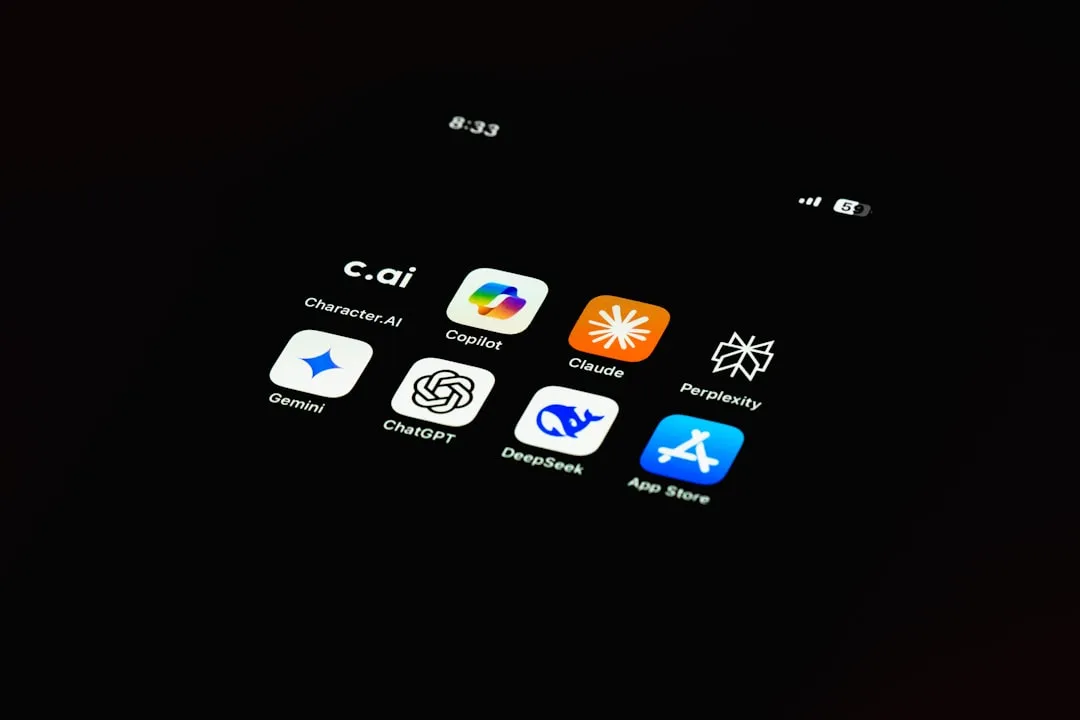Buying a smartphone used is an excellent way to save money, but those savings come with a risk that your seller isn't as forthcoming as they claim. You don't want to end up buying a stolen smartphone because it might not work correctly ... and, you know, it's wrong. Luckily, there's an easy way to check if the phone you're about to buy is legit.
CTIA, a company specializing in wireless technology, has created a tool to thwart a would-be illegal sale. Using the IMEI number on the smartphone, CTIA's Stolen Phone Checker can scour for reports about the device using data from the GSMA Device Check service. This could reveal if an original owner claimed the phone was lost or stolen, and what carrier blacklisted the device. No more guessing games during shady sales or getting home to find you can't even access the phone.
The IMEI is going to be in different locations depending on your phone. One universal method is to open your phone app and dial *#06#. Your IMEI will pop up instantly, regardless if you have an iPhone or an Android device.
When it comes to iPhones, depending on what model you have, the IMEI will either be on the back of the iPhone in the fine print (for the iPhone 5 through iPhone 6) or printed on the SIM card tray. You're better off getting it from the device settings though (Settings -> General -> About) because the SIM card tray is too easily interchangeable and could contain another phone's IMEI.
A variety of manufacturers may make Android phones, but there are some universal ways to find the IMEI. Like on an iPhone, your best bet is in the device settings. If you go to Settings -> About -> Status, you will see the number there. Some even have the IMEI on the SIM card tray as well, like the Google Pixel. If your device has a removable battery, you can check behind it, as the IMEI is usually there.
There are many IMEI checkers out there, including popular sites like Swappa and Checkesnfree, who check the GSMA blacklists as well. Swappa claims to have more than one source to check IMEIs, but won't say what since it's "proprietary." Checkesnfree claims to use carrier information as well as data from the FBI's National Crime Information Center, which actually holds less data than you'd think.
However, with these other sites, you have to be careful. You should only use ones that you're sure are safe, like CTIA's tools, since CTIA is a well-known advocate for the wireless communications industry. If you use other online databases, there's a small chance that someone could snag your IMEI and clone it, rendering your device useless.
Regular users in the US can enter five IMEIs per day. Law enforcement, on the other hand, is allowed to check an unlimited number of devices. This addition turns a great tool for consumers into a powerful tool for police and investigators to return stolen devices to their rightful owners.
We reached out to both the NYPD and Jersey City PD for comment about this tool, as well as locating stolen phones in general. Apparently, no one at the NYPD can talk to you unless you write a letter to the police commissioner to get his permission. Who has time for that? So we also reached out to Tom Selleck, of Blue Bloods fame, as he plays the fictional police commissioner of NYC. If we hear back from Tom, or his people, we'll let you know. I bet his mustache has a lot to say about stolen iPhones.
- Follow Gadget Hacks on Facebook, Twitter, Google+, and YouTube
- Follow Apple Hacks on Facebook, Twitter, and Pinterest
- Follow Android Hacks on Facebook, Twitter, and Pinterest
- Follow WonderHowTo on Facebook, Twitter, Pinterest, and Google+
Cover image via William Iven/Unsplash

























Comments
Be the first, drop a comment!